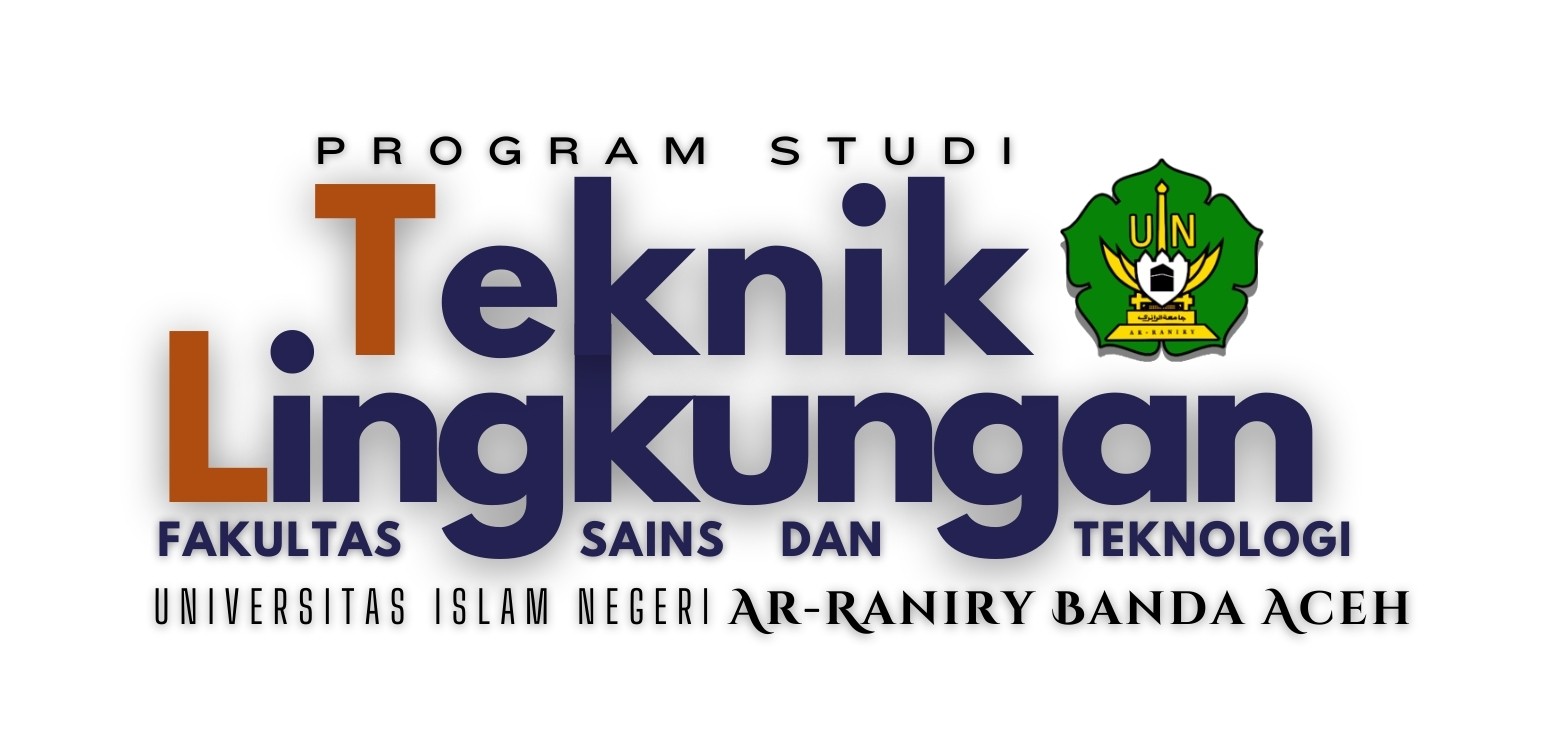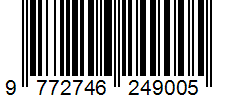THE EFFECT OF HYDRAULIC RETENTION TIME (HRT) AND AERATION RATE ON THE REMOVAL OF COD, TSS, AND COLOR IN BATIK WASTEWATER USING A SEQUENCING BATCH REACTOR (SBR)
Keywords:
Batik Waste, Color, COD, Sequencing Batch Reactor, TSSAbstract
The batik industry produces liquid waste with high concentrations of organic compounds, synthetic dyes and suspended solids. Based on initial testing, the COD, TSS and Color content exceeds the quality standard limits. The Sequencing Batch Reactor method with a batch operation system is used to process liquid waste and reduce pollutant parameters. There is an adsorption medium with coconut shell activated carbon as a pre-treatment in the efficiency of color parameter removal. The purpose of this study was to analyze the effect of HRT and aeration rate to reduce polluted parameters in batik liquid waste. The HRT variations used were 18, 24, 32, and 38 hours with aeration rates of 7 and 14 L/minute. The results obtained from this study, the most optimal HRT in reducing pollutant TSS parameters is HRT 32 hours with a removal percentage of 71.43%. HRT 38 hours with COD and TSS parameters with a removal percentage of 92.12% and 78.57% and Color parameters 62,39%. The optimal aeration rate is 14 l/minute.
References
A`yunina, U., Moelyaningrum, A. D., & Ellyke, E. (2022). Pemanfaatan Arang Aktif Tempurung Kelapa (Cocos nucifera) untuk Mengikat Kromium (Cr) (Study Pada Limbah Cair Batik). Jurnal Kesehatan Lingkungan Indonesia, 21(1), 93–98. https://doi.org/10.14710/jkli.21.1.93-98
Apriyani, N. (2018). Industri Batik: Kandungan Limbah Cair dan Metode Pengolahannya. Media Ilmiah Teknik Lingkungan, 3(1), 21–29. https://doi.org/10.33084/mitl.v3i1.640
Ayuningtyas, E. (2020). Penurunan Kadar Warna Dan Fenol Air Limbah Batik Menggunakan Metode Advanced Oxidation Processes (Aops) Berbasis Ozon-Gac. Jurnal Rekayasa Lingkungan, 20(2), 31–37.
Bieby Voijant Tangahu, & wi Agustiang Ningsih. (n.d.). 128877-ID-uji-penurunan-kandungan-cod-bod-pada-lim.
Hendrasarie, N., & Febriana, F. (n.d.). 2022 Efektivitas Penambahan Serabut Kelapa Dan Kulit Buah Siwalan Sebagai Adsorben Dan Media Lekat Biofilm Pada Pengolahan Limbah Domestik Menggunakan Sequencing Batch Reactor.
Ranno Ramlan, et.al 2022. Penambahan Sludge Zone Pada Sequencing Batch Reactor untuk Mengolah Limbah Cair Rumah Makan, E., Surya Purnama, Y., Lingkungan, T., Pembangunan Nasional, U., & Halu Oleo, U. (2022). Efektivitas Penambahan Sludge Zone Pada Sequencing Batch Reactor untuk Mengolah Limbah Cair Rumah Makan. Journal of Research and Technology, 8(1), 121–131.
Hendrasarie, N., & Yadaturrahmah, I. I. (2021). Pengaruh Penambahan Impeller Pada Fase Aerobik Terhadap Efisiensi Kinerja Sequencing Batch Reactor Pada Limbah Cair Industri Tahu. Jurnal Envirotek, 13(1).
Indrayani, L., & Rahmah, N. (2018). Nilai Parameter Kadar Pencemar Sebagai Penentu Tingkat Efektivitas Tahapan Pengolahan Limbah Cair Industri Batik. Jurnal Rekayasa Proses, 12(1), 41. https://doi.org/10.22146/jrekpros.35754
Maria, E. (2019). Penyisihan Cod Limbah Cair Industri Batik Dengan Metode Fitoremediasi Pada Ssf-Wetland Menggunakan Tanaman Obor (Typha Latifolia) Dan Tanaman Tasbih (Canna Indica.L). Jurnal Rekayasa Lingkungan, 19(1), 1–9.
Rachmawati, V., Nurjayati, R., & Yuniati, M. D. (2022). Penurunan Konsentrasi COD Limbah Batik Pada Proses Seeding dan Aklimatisasi Menggunakan Material Preservasi Mikroorganisme (MPMO). Jurnal Kesehatan Lingkungan Indonesia, 21(1), 73–82. https://doi.org/10.14710/jkli.21.1.73-82
Raman, J., Kim, J. S., Choi, K. R., Eun, H., Yang, D., Ko, Y. J., & Kim, S. J. (2022). Application of Lactic Acid Bacteria (LAB) in Sustainable Agriculture: Advantages and Limitations. In International Journal of Molecular Sciences (Vol. 23, Issue 14). MDPI. https://doi.org/10.3390/ijms23147784
Wirakusuma, K. Y., Supraba, I., & Budhijanto, W. (2023). Evaluasi Kinerja Sequencing Batch Reactor Dengan Media Bioball Pada Pengolahan Limbah Cair Batik Sintetis. Inovasi Teknik Kimia, 8(3), 193–198.
Downloads
Published
How to Cite
Issue
Section
License
Copyright (c) 2025 Lailatul Fitiryah, Raden Kokoh Haryo Putro

This work is licensed under a Creative Commons Attribution-ShareAlike 4.0 International License.














